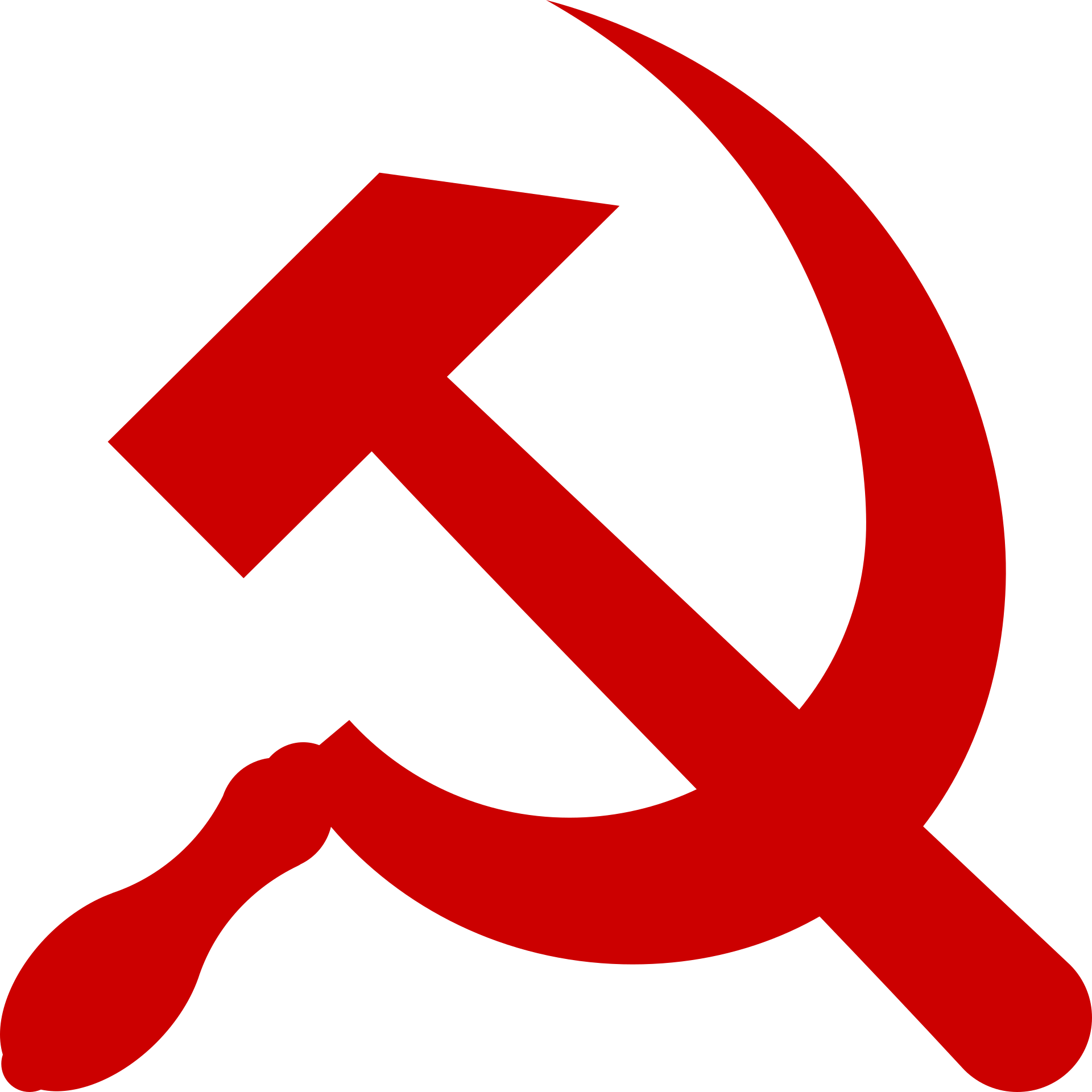The answer to misleading information about USSR had issues feeding its population. source : https://www.cia.gov/readingroom/document/cia-rdp84b00274r000300150009-5
It’s difficult to compare diets across countries like this because of differences in lifestyle and genetics. I am actually a nutritionist but it’s like 2 am here, I’ll run some numbers tomorrow and double check this but I suspect it’s probably right.
So it turns out this is actually super hard to analyse by modern standards (I am also coming at it from another country with different guidelines again, which complicates it a bit) so take all of what I’m saying with a pretty hefty grain of salt.
We don’t group foods together like this any more, but it seems to have been the done thing back in the '80s-'90s so I’m a bit out of my depth. These days potatoes wouldn’t be lumped in with grain / carbohydrates, they’d count as vegetables. Likewise eggs wouldn’t go with dairy, they’d go with meat and fish as protein.
Calorie intake depends heavily on demographics; age, sex, physical activity level, etc, so it’s really hard to assess for huge populations like this and there’s fuck all information about the USSR in that area from this time. Generally speaking though, NHS recommends 2000cal/day for women and 2500 for men. So, they’re both way over on that, but the USA is over by more. WHO recommends no more than 10% daily energy from sugar. Again, they’re both over on that, but the USA is over by a lot more. Fats are recommended to be 20%-35% of daily energy; this article doesn’t account for fats from dairy or meat so the numbers quoted here are low, and impossible to separate out. I did, however, find a journal article from 1985 while trying to work all this out. This one puts men aged 40-59 at 2567cal/day in the USSR and 2554cal/day in USA; a 13 calorie difference (that’s about half an ounce of apple) with USSR higher, but a lot closer to modern NHS guidelines for both. For the USSR; 38% from fat vs. 40% from fat in USA. Again, both over, but USA over by more.
In conclusion, this data is badly categorised, way too high-level, and too over-generalised to really draw much of value from, but speaking really broadly, yeah. About the same amount of food. Neither is ideal, but the Soviet diet is probably slightly better. I’d really, really like to see the sources they used.
Those numbers seem way high. I wonder if the individuals studied were soldiers. I would have a hard time eating 3500 calories in a day and I’m 6’2"
deleted by creator
IS that why there were bread lines in Soviet Russia, because of all the plentiful nutritious calories freely on offer, lol, fuck off
It depends on the timeframe, in the 1980s, there were no bread lines because food was plentiful.
During the main timeframe where there were bread lines, the US had soup lines.
Life under the Soviets was a marked improvement for the Russian people compared to life under the Tsars (not so much for the satellite states of the Soviet Union, those people were often actively harmed by being part of the union.)
We get soup, we win!
Honestly , I still think the soviet union was bad and restricted human rights. True communism will look much different.
I always say, true communism isn’t possible without true democracy. Leaders must be elected in elections that actually matter.
It’s likely not something that is possible with first past the post voting, or any ordinal voting system. A cardinal voting system could do it. My current favorite is STAR.
No election should be anything other than proportional. Even better is sortition. However you need an apparatus very different from a liberal democracy to make it work, which is good, we need to stop making governments that look like liberalism. Which is a core part of the failure of the soviet union and communism to date, that saying you’re doing socialism isn’t enough, we need novel organization of people.
The massive issue with proportional elections is that if you have a very unpopular incumbent, and 5 seats up for election, you need more than 80% of the population to vote against that incumbent to get rid of them.
The other issue is that the current popular proportional voting system is STV, which has some serious flaws. There are proportional versions of things like Score which are much better.
The solution I tend to favor, though, is tiny districts. For the US, there should be far more than 435 districts. I’ve seen different numbers bandied about, but 1400+ is a good place to start. I’ve seen proposals for 6500~ districts.
Why would some fraction of seats be up for election?
Yes, many systems exist and stv is meh, that’s not really a point against a proportional system unless you think fptp is a point against single winners and in that case the proportional systems looks a lot better.
Districts are arbitrary and abusable, just sample the will of the population and build bodies that look like the population. You can get tiny districts by forcing choices at the smallest level possible.
A proportional system will have multi-member districts. That’s the point. Unless you think that a national election can account for the needs and desires of a local population.
You don’t want to have someone from LA speaking for the needs of people in Kansas. Hell, you wouldn’t want people in LA speaking for the needs of people in Sacramento.
That’s where districts come in. To solve the issues with districts, you have two choices, either multi-member proportional districts, or shrink the districts down to the point where any resident can voice their opinion to their representative and expect a response.
Right now, the US has districts with more than 1 million residents. If even 1 in 1000 people have concerns that they voice, their representative will just ignore it all, because tens of thousands of voices are impossible to listen to.
That’s why smaller districts are key, even if you have multi-member proportional districts. No more than maybe 100k people per district.
A smaller district is also much harder to pack, crack, or otherwise gerrymander.
There is no downside, unless you have a favorite political party that only exists due to the current broken system.
deleted by creator
something that looks like Trotskyism, sounds like Trotskyism, smells like Trotskyism…
Anyway answering your question, the reason behind such post is just defense against misleading info about ussr that is still actively spreading despite ussr is dead for 30 years.
deleted by creator
just calm down and control yourself I was talking about your Bordiga nonsense.
deleted by creator






